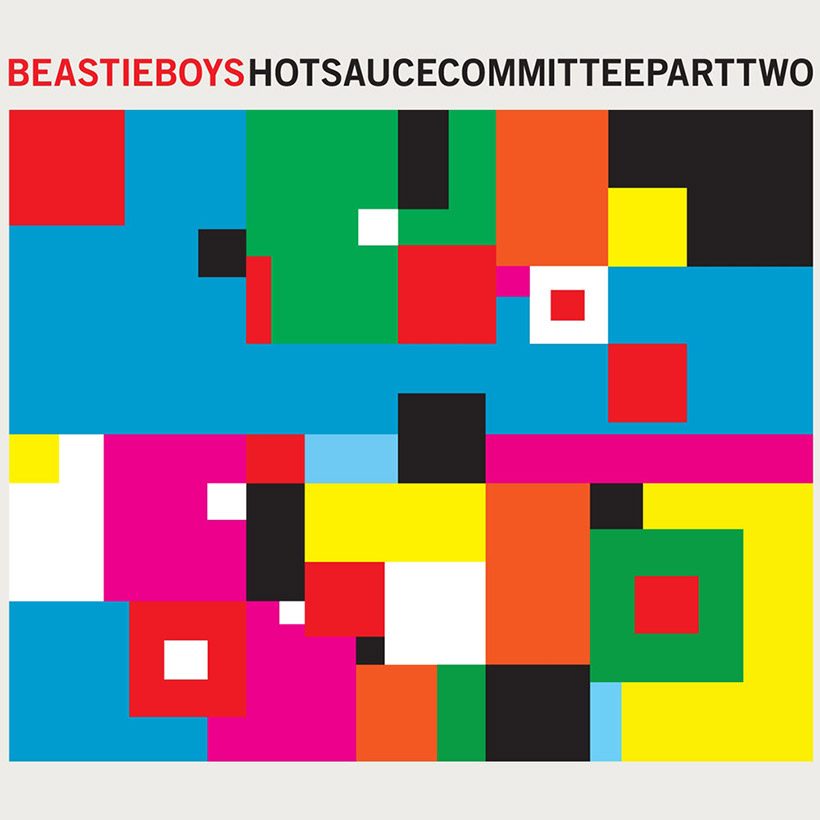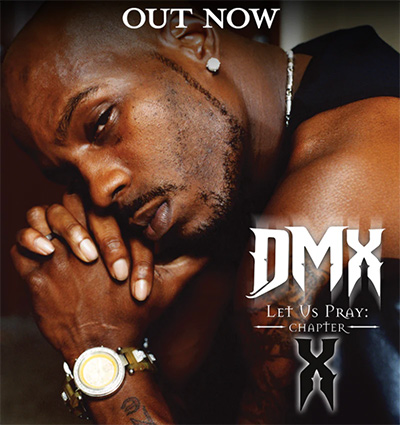‘Hot Sauce Committee Part Two’: Beastie Boys’ Fiery Final Album
Standing as their final work, ‘Hot Sauce Committee Part Two’ remains a perfect endpoint to Beastie Boys’ career, but leaves a question of what may have been.

Hot Sauce Committee Part Two wasn’t meant to be Beastie Boys’ final record. In fact, there was a period when it wasn’t even meant to be Beastie Boys’ next record. That would have been – yep – Hot Sauce Committee Part One. An album cover was revealed, a 2009 release date set… and then MCA was diagnosed with cancer and the group who’d already taken so many twists and turns in their career found themselves going down a route not even they could have anticipated. In the events that followed, Hot Sauce Committee Part One was tweaked and rejigged, tracks were added and removed – and it finally emerged, on April 27, 2011, as a “sequel” to what might have been.
Listen to Hot Sauce Committee Part Two on Apple Music and Spotify.
“Getting into the details of what was going on personally with us at this time is a heavy thing to write about,” Ad-Rock explains in Beastie Boys Book. “The band didn’t break up. We didn’t go our creative ways… This was our last album because Adam got cancer and died… Too f__king sad to write about.”
But what a way to bow out. After the stark post-9/11 approach to To The 5 Boroughs and the record-collection-in-a-blender instrumental album The Mix-Up, Hot Sauce Committee Part Two found Beasties in overdrive. Having taken sampling as far as they could with Paul’s Boutique, then subsequently sidestepping sampling controversies by looping snippets of their own recorded jams, Beasties took the concept of sampling themselves to extremes that only the most committed artists could envision. Every song on Hot Sauce Committee Part Two was constructed out of fake samples from fake songs by fake bands signed to fake record labels, all of which were listed in the album’s sleevenotes. “It was meant to be a sort of record collector’s unattainable nightmare,” Ad-Rock later revealed.
Sounds simple? Think again. “When you sample a piece of music… there are always random, unintentional, and mostly unheard sounds that come with it,” Ad-Rock writes in Beastie Boys Book. “Maybe it’s the sound of the bass player touching her strings, getting ready to start playing after your sampled bar of music. Or the singer taking a deep breath before he’s about to sing… and it’s carried over into the little piece you want to sample.”
Meticulously creating samples that incorporated accidental human touches, and then adding vinyl pops and clicks to give them that used feel, was possibly the most laborious recording process Beasties ever undertook, but it also resulted in one of their warmest, most dense-sounding albums. The instrumental “Multilateral Nuclear Disarmament” arguably sounds fuller than any other track in their discography, while “Too Many Rappers” (boasting a guest spot from Nas) is a juggernaut that finds MCA’s fuzz bass running amok over something that sits somewhere at the meeting point between “Sabotage” and “Intergalactic.” Elsewhere, “Don’t Play No Game That I Can’t Win” sees Beasties shacking up with Santigold and her producer of choice, Switch, for a sun-kissed slice of dubadelica that stakes a reasonable claim to being Beasties’ ultimate summer jam.
Ultimately, with Hot Sauce Committee Part Two Beasties sounded simultaneously space age and old school in a way that was fitting for a group who, since pushing their creativity to extremes with each new album in the 90s, had always managed to somehow exist out of time. Though no one sussed the fake samples (“We spent a ton of time making these fake samples and the fictitious musicians that created them… but no one seemed to notice. Not one person has mentioned it”), most reviews of the album noted an update on the approaches taken on Check Your Head and Ill Communication, anticipating Ad-Rock’s own observation, seven years after the album’s release: “It felt like 1992, creatively. We were going deep with audio experimentation. We were on some new s__t. Again.”
Or, as Rolling Stone put it: “We get the sound of master musicians in their comfort zone, doing everything their own way. Nobody would want to hear the Beasties try anything else.”
And yet, despite everybody’s wishes to the contrary, Hot Sauce Committee Part Two now stands as a perfect endpoint for what was one of the most inventive artistic trajectories any band could have hoped to enjoy. It found Beasties updating their sound even while remaining resolutely in their own lane: the references and vocal styles are unashamedly old school, no matter how much futuristic squelch they threw into the backing (“Funky Donkey”); and, among the usual madcap mic-passing, they chuck in nods to their own past on the likes of “Make Some Noise” (“We gonna party for the mother__ing right to fight”), a track that came replete with a video sending up their Licensed To Ill era.
And why not celebrate how far they’d come? In the 29 years since releasing the Polly Wog Stew EP, Beastie Boys’ urge to create remained undimmed – they’d just acquired more ingredients to add to that (B-boy) bouillabaisse. Fans have long asked what happened to Hot Sauce Committee Part One (by way of explanation, Ad-Rock’s shaggy-dog story makes claims to “an elaborate idea” that took in “human ascension from cave-dwelling humans to the Wright Brothers’ attempt at reaching the stars in Kitty Hawk, North Carolina, and onward past the Mars Rover,” but which was left “on a boxcar somewhere outside of Missoula, Montana”), but the bigger question is: where might Beasties have gone next? Clearly, from Beastie Boys Book, the group were nowhere near ready to call it quits.
“It’s hard not to reflect on how long the Beastie Boys have been together and how, unusually, their musical partnership still seems grounded in friendship rather than just business,” Pitchfork wrote at the time of Hot Sauce Committee Part Two’s release. They captured the truth of it when they added: “There’s still something inspiring in the idea of the Beastie Boys that transcends any single release.”












